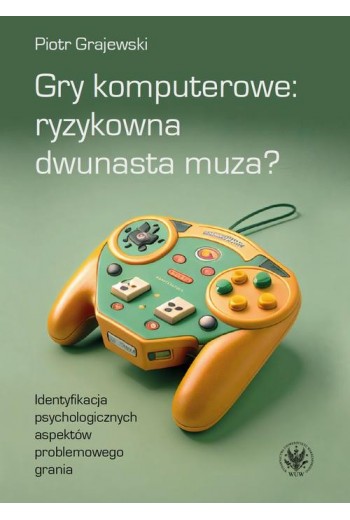- Nowy


Modal content..

TematykaPsychologia
AutorzyPiotr Grajewski
WydawnictwoWydawnictwa Uniwersytetu Warszawskiego
Rok wydania2023
ISBN978-83-235-6144-6